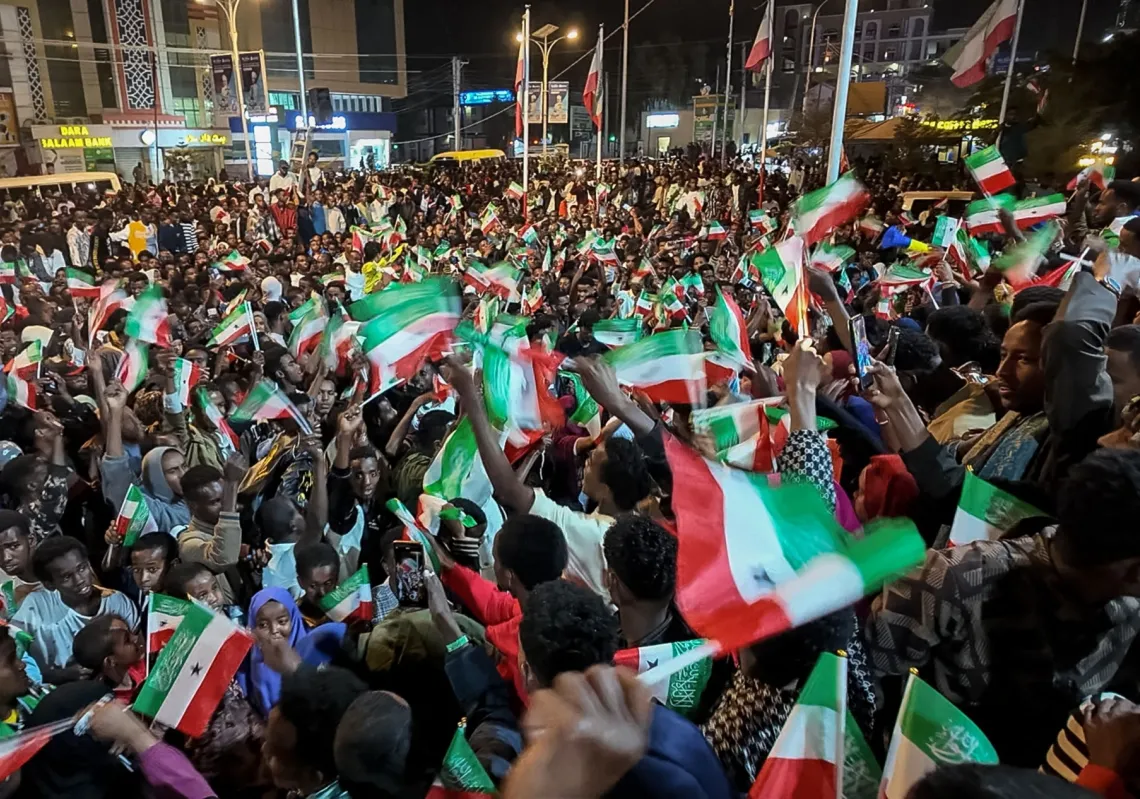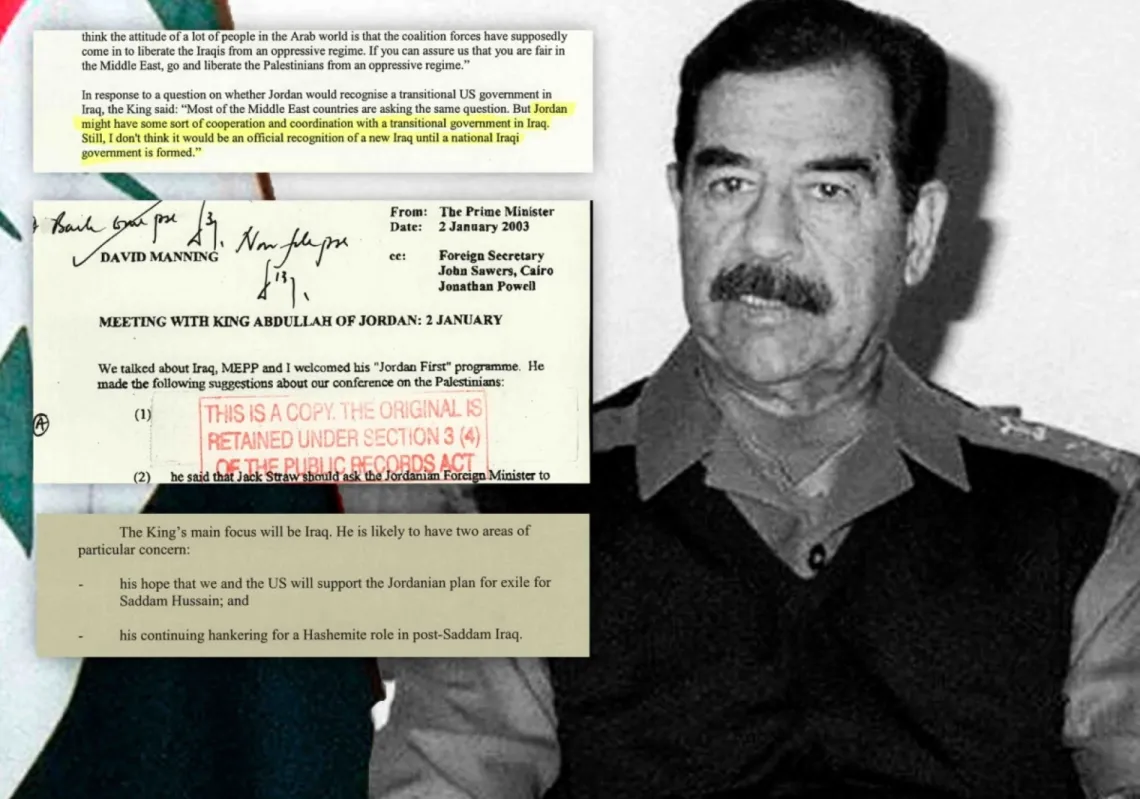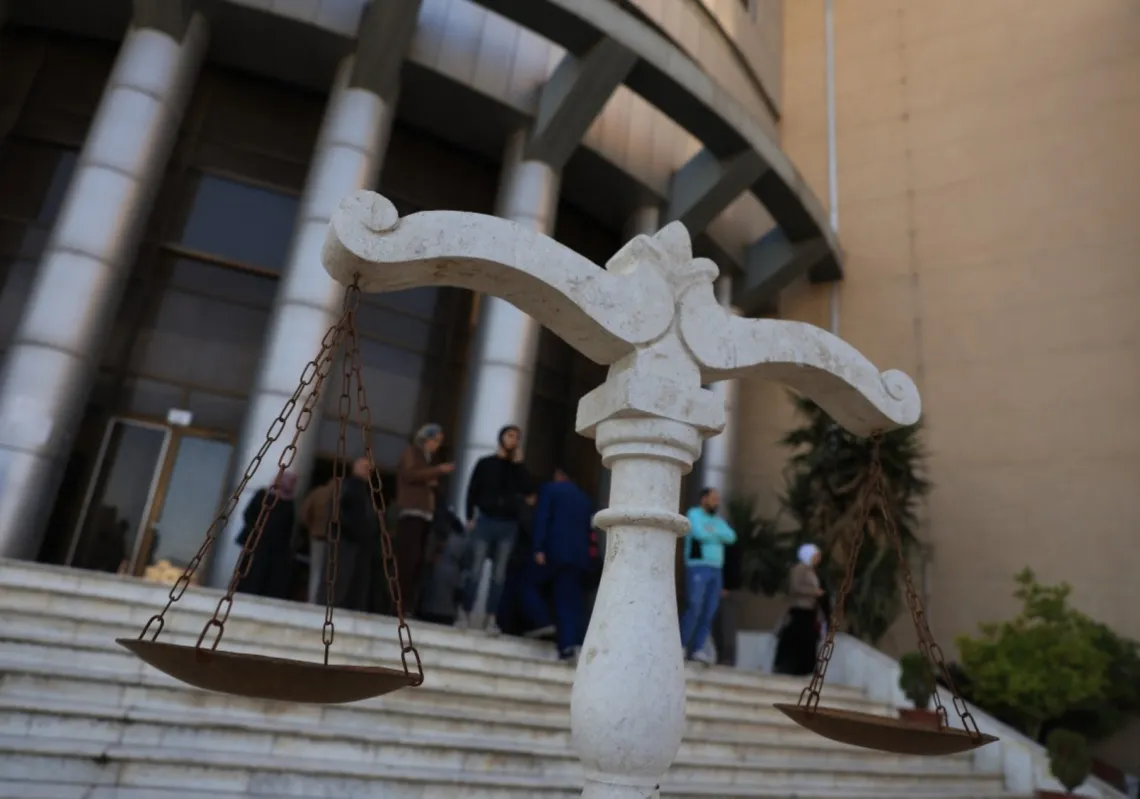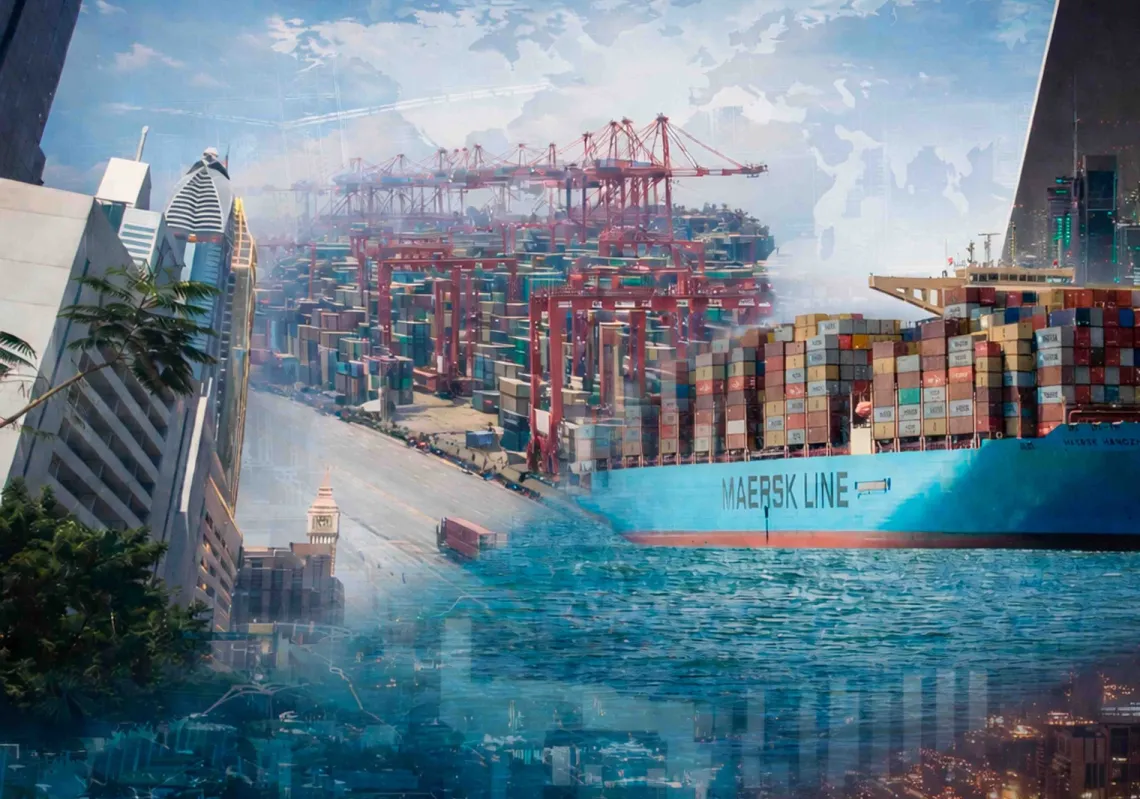Moscow has come a long way since it started massing troops and military equipment at the border with Ukraine back in April 2021. At the time, President Putin chose to call it just a military exercise and a couple months later the situation simmered down. But since late Fall 2021 Russia has been building its military presence back up on Ukraine’s borders and this time Moscow has chosen to be very vocal about the reasons for its actions.
On December 17th, 2021, after continued international calls on Moscow to deescalate the tensions with Ukraine, Russia presented the NATO allies with a long list of demands. While denying that it intends to invade Ukraine, Moscow has presented the Western leaders with its list of ultimatums, portraying NATO’s Eastern European presence as an act of provoking tensions with Russia and claiming that without certain security guarantees from NATO it will see Ukraine as a permanently hostile country continuing to increase its defense capabilities.

The Moscow-proposed “agreement” which it expects NATO to sign, would give Russia a NATO-recognized “sphere of influence” over not just Ukraine, but most of the former USSR.
“All member States of the North Atlantic Treaty Organization commit themselves to refrain from any further enlargement of NATO, including the accession of Ukraine as well as other States. The Parties that are member States of the North Atlantic Treaty Organization shall not conduct any military activity on the territory of Ukraine as well as other States in Eastern Europe, in the South Caucasus and in Central Asia.
In order to exclude incidents, the Russian Federation and the Parties that are member States of the North Atlantic Treaty Organization shall not conduct military exercises or other military activities above the brigade level in a zone of agreed width and configuration on each side of the border line of the Russian Federation and the states in a military alliance with it, as well as Parties that are member States of the North Atlantic Treaty Organization.”

The Western leaders have presented a united front condemning Russia’s actions and firmly rejecting the list of demands. They’ve threatened severe consequences for Moscow, using increasingly strong language in their promises of a “swift, a severe and a united response from the United States and from Europe.” In its latest commentary, the Biden administration officials said the US “is threatening to use a novel export control to damage strategic Russian industries, from artificial intelligence and quantum computing to civilian aerospace. … The administration may also decide to apply the control more broadly in a way that would potentially deprive Russian citizens of some smartphones, tablets and video game consoles.” President Biden has also threatened personal sanctions on Putin, and a dollar ban on Russian banks.
US Secretary of State Tony Blinken has continuously stressed that the US is “open to dialogue, we prefer diplomacy, and we’re prepared to move forward where there is the possibility of communication and cooperation if Russia de-escalates its aggression toward Ukraine, stops the inflammatory rhetoric, and approaches discussions about the future of security in Europe in a spirit of reciprocity.”
Moreover, NATO has made it clear that it will not rethink its open-door policy although it is not currently in the process of welcoming Ukraine or Georgia into its ranks. According to the NATO leaders “Ukraine is a valued and long-standing partner with the right to choose its own path,” and their position on this is unwavering.

As the tensions deepen, many of the NATO allies have started to announce deployments to aid Ukraine. “Denmark is sending a frigate to the Baltic Sea and is set to deploy four F-16 fighter jets to Lithuania in support of NATO’s long-standing air-policing mission in the region. Spain is sending ships to join NATO naval forces and is considering sending fighter jets to Bulgaria. France has expressed its readiness to send troops to Romania under NATO command. The Netherlands is sending two F-35 fighter aircraft to Bulgaria from April to support NATO’s air-policing activities in the region, and is putting a ship and land-based units on standby for NATO’s Response Force.” Additionally, Canada extended its 200-person military training mission to Ukraine by three years, adding 60 military personnel the mission.
The United States has also made clear that it is “ready for anything” and announced that in addition to further increasing its military support to Ukraine, it has decided that the five Russian-built Mi-17 helicopters, once in the hands of the now-defunct Afghan air force, will be transferred to Ukraine. Moreover, 8,500 American troops stationed in Europe and the U.S. have been placed on heightened readiness. According to the US Department of Defense “three deliveries of U.S. defensive military assistance arrived in Kyiv this week, carrying additional Javelin missiles and other anti-armor systems, 283 tons of ammunition and non-lethal equipment essential to Ukraine’s front-line defenders. More deliveries are expected in the days to come.”

The outpouring of Western support towards Ukraine has only further agitated Moscow. On January 14th Russian Foreign Minister Sergey Lavrov held a press conference where he explained that Moscow has “run out of patience.” He added: “I would like to point out that we need legally binding guarantees. Our Western partners never honored the political commitments they made in the 1990s, not to mention their verbal promises. It appears that they are not going to do this now either. We clearly explained why this approach is counterproductive and why a lopsided interpretation of the political promises on NATO’s non-expansion and indivisible security is unacceptable. We are waiting for our colleagues to provide their answers in writing, just as we did with our proposals. We will continue working to prepare for any eventuality.”
On January 26th NATO and the United States announced that they had conveyed their written responses to Russia with two separate letters delivered on the same day, parallel to each other. The letters have not yet been made public, but according to Secretary Blinken, Russia is being offered a diplomatic way out of the crisis.
“The document we’ve delivered includes concerns of the United States and our allies and partners about Russia’s actions that undermine security, a principled and pragmatic evaluation of the concerns that Russia has raised, and our own proposals for areas where we may be able to find common ground. We make clear that there are core principles that we are committed to uphold and defend – including Ukraine’s sovereignty and territorial integrity and the right of states to choose their own security arrangements and alliances. We’ve addressed the possibility of reciprocal transparency measures regarding force posture in Ukraine, as well as measures to increase confidence regarding military exercises and maneuvers in Europe. And we address other areas where we see potential for progress, including arms control related to missiles in Europe, our interest in a follow-on agreement to the New START treaty that covers all nuclear weapons, and ways to increase transparency and stability. We’ve put these ideas forward because they have the potential – if negotiated in good faith – to enhance our security and that of our allies and partners while also addressing Russia’s stated concerns through reciprocal commitments.”
In the NATO press conference on January 26th, Secretary General Jens Stoltenberg told the media that the NATO letter to Russia outlined three key areas where progress seemed possible. He urged Russia to renew the diplomatic ties it had cut off with NATO, as this made dialogue more difficult. “We should also make full use of our existing military-to-military channels of communications, to promote transparency and reduce risks, and look also into setting up a civilian hotline for emergency use.”
Stoltenberg added: “We are prepared to listen to Russia’s concerns, and engage in a real conversation on how to uphold and strengthen the fundamental principles of European security that we have all signed up to, starting with the Helsinki Final Act. This includes the right of each nation to choose its own security arrangements. Russia should refrain from coercive force posturing, aggressive rhetoric, and malign activities directed against Allies and other nations.
Russia should also withdraw its forces from Ukraine, Georgia, and Moldova, where they are deployed without these countries’ consent, and all parties should engage constructively in efforts to settle conflicts, including in the Normandy format.”

According to Mr. Stoltenberg, the third point of the letter deals with risk reduction, transparency, and arms control: “History has shown that engagement on these issues can provide real security for everyone. So we need practical measures that will make a real difference. As a first step, we are proposing mutual briefings on exercises and nuclear policies in the NATO-Russia Council.”
“We should also modernise the Vienna Document on military transparency, and work to reduce space and cyber threats. We should consult on ways to prevent incidents in the air and at sea, and recommit to full compliance with international commitments on chemical and biological weapons. Finally, we need to have a serious conversation on arms control. Including nuclear weapons and ground-based intermediate and shorter range missiles.”
In their speeches Stoltenberg and Blinken explained that the letters were offering Moscow a meaningful dialogue to achieve a diplomatic solution to the dangerous situation. The ball is now in Moscow’s court. Has Putin gone too far to retreat now? Is a full-out war avoidable? Will the diplomatic solution remain viable after the formal response from NATO and the US? The situation will unfold in the coming weeks as Russia makes the crucial decision on how to respond to the West.
Maia Otarashvili is a Research Fellow and Deputy Director of the Eurasia Program. Maia also serves as the Deputy Director of Research at FPRI. Her research interests include geopolitics and security of the Black Sea-Caucasus region, Russian foreign policy, and the post-Soviet “frozen” conflicts.










